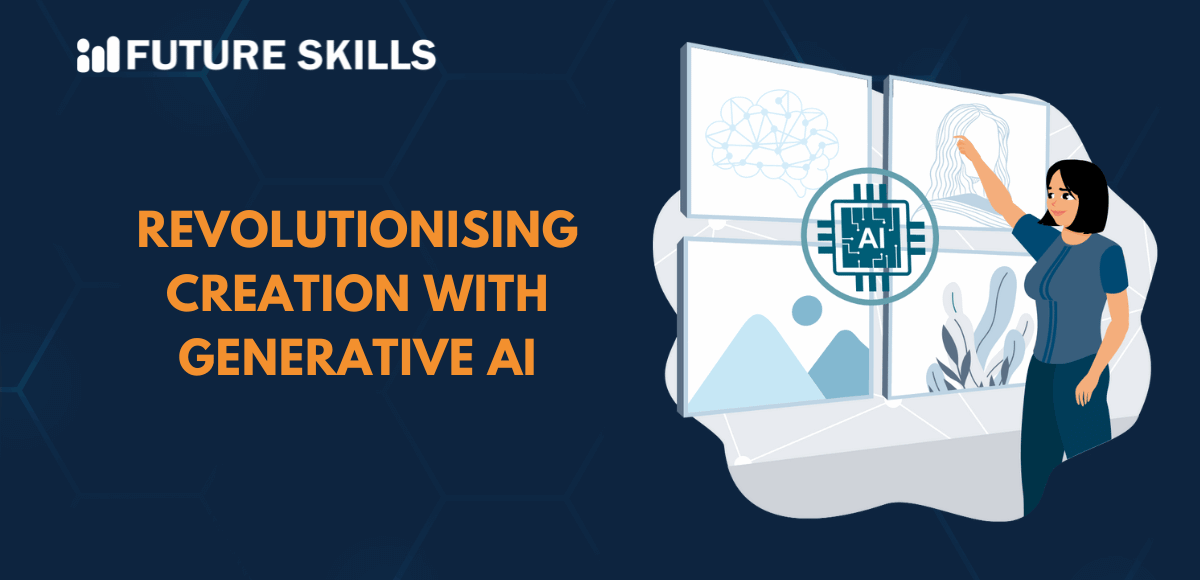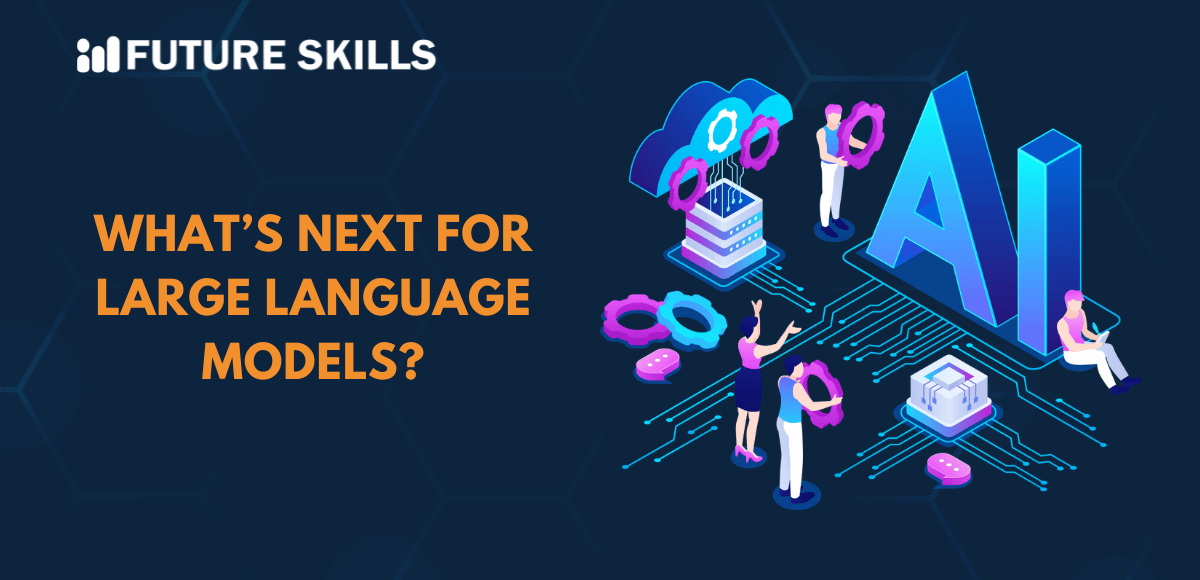The innovative aspirations of creators, businesses, and early professionals are often halted by one glaring reality – coding knowledge is little to nonexistent for the majority of people. Self-teaching full-stack development jeopardizes your time and hiring external developers comes with a whole new set of challenges when it comes to organizing expenses. A newly posed question arises with the advancement of AI tools: “Can I use ChatGPT to build an app?” The answer would be a short but powerful “Yes” and this transforms the world of no-code development as we know it.
Due to cutting-edge advancements in natural language processing and integration with no-code platforms, it can now be used to create ChatGPT to build no-code apps that are tailored to the user’s specific requirements and intuitive to use. No matter how complex the requirements from the user, ChatGPT acts as a personal assistant by streamlining the process as a whole instead of just creating custom interfaces and API integration. From providing assistance in designing workflows to building user interfaces, ChatGPT takes care of it all.
Become a certified ChatGPT expert and learn how to utilize the potential of ChatGPT that will open new career paths for you. Enroll in Certified ChatGPT Professional (CCGP)™ Certification.
How to Use ChatGPT in No-Code App Development?
ChatGPT won’t deploy or host your app. What it can do is assist with conversational prompts in planning, building, and the deployment steps. This AI tool aids in thinking through the app’s structure, functions, user experience, and even the data models. If ChatGPT is paired with Glide, Bubble, Adalo, or FlutterFlow, it transforms into a ChatGPT app builder. In this scenario, the user talks with the AI and it provides step-by-step instructions using natural language.
The work starts with explaining the app concept. For instance, if you instruct ChatGPT, “I want to build a mobile app that helps users track their daily water intake,” it will ask follow-up questions. What value does this mobile app provide? Will users have to log in? Are there going to be graphs? Will notifications be sent? Aspects such as these need to be worked through before the app goals are clear. After accomplishing the goals, ChatGPT aids in mapping the user journey, defining data fields, and selecting the best no-code platform to bring the product to life. In this manner, ChatGPT fulfills the roles of a product manager, technical co-founder, and UX strategist—all at the same time.
Can I Use ChatGPT To Create Something Like A Mobile App?
If your main focus is to ChatGPT build mobile app development for the Android or iOS systems, it is rather seamless. ChatGPT will assist you with the application settings and give you comprehensive instructions for a mobile-friendly platform. It can create detailed plans on how to build your user interface, set up forms, manage login flows, and link with back-end services such as Google Sheets, Firebase, and Airtable. If your platform has it, ChatGPT can also help with payment gateways, chatbots, and notifications integration.
For example, if you were to ask ChatGPT, “How should I set up my onboarding screens for a mobile fitness app?”, it would provide you with actionable suggestions grounded in industry best practices, ensuring you never overlook critical elements. This type of engagement is priceless for those that have little to no experience on optimizing processes through coding as it saves them countless hours of research and troubleshooting. Completing technical tasks like this through a conversational interface has proven to be less daunting and far more efficient for most users.
Start your AI journey with our trusted AI for Everyone Free Course and build your AI skills to land a dream job in the AI industry. Enroll now!
How ChatGPT Assists at Every Step of the No-code App Development Process
The real magic while using ChatGPT to build no-code app projects is how it supports you at every step of the way. Let’s understand how ChatGPT can assist you in the no-code development process at every stage:
- During ideation, ChatGPT helps you refine your app’s main features and user journey.
- In the design phase, it helps with heuristic evaluation, suggesting layouts and component arrangements, as well as navigation flows.
- During development, it aids in creating logical flows with no-code lexicon of conditions, custom actions, and database calls.
- Under the deployment phase, It can also create checklists for launching, outline testing procedures, and assist with submissions for the app store.
You are free to create an AI app with Chat GPT technology that leverages Chat GPT as one of its features. For example, you might want to create a customer support app that responds to users’ questions. ChatGPT can help you design the chat window and show you how to connect your application to the OpenAI API. It can create webhook logic, propose message crafting, and give you pointers on how to plan the structure of the AI’s answers. This meta loop where developers use ChatGPT to build ChatGPT-powered applications can be regarded as one of the most revolutionary applications of no-code development today.
Understand how language models work and their capabilities to solve real-world problems with Mastering Generative AI with LLMs Course
What Makes ChatGPT a Powerful Assistant to Build Applications
ChatGPT thrives in scenarios where traditional tools struggle, such as those that require a user to have technical skills or are bound by templates. It effortlessly adapts to your input in real time. With ChatGPT, there is no need to Google documentation or search through countless YouTube videos. Everything is as easy as explaining what you want, and the AI provides you with actionable steps according to your platform. If you come across an obstacle or change your mind, ChatGPT modifies its advice if needed based on the new prompt. This usefulness along with its interactivity, resembles the experience of working with a real developer—but at a fraction of the cost and time.
Furthermore, ChatGPT helps with much more than just functionality. It assists in polishing, branding, advertising, and professional features for the app. Button, welcome message, terms and conditions, privacy policy, and push notification microcopy can all be handled by ChatGPT. It does not stop there; it also helps with one’s landing page content, user onboarding emails, and descriptions in the app store. All of these features make ChatGPT a dynamic creative assistant.
Best Practices to Take Full Advantage of ChatGPT as an App Builder
Yes ChatGPT can act as an app builder but It is not everyone’s cup of tea to get its full advantage. Let’s dive in and have a look at the best practices so you can take full advantage of ChatGPT as an App Builder.
1. Start With A Specific Application Goal
What to Do:
Before listing the app’s features, encapsulate the app idea into a single, precise sentence. Generic answers won’t be as effective.
Prompt Example:
“My aim is to develop a mobile application that tracks a user’s daily water consumption, sends reminders, and displays weekly statistics.”
Why it Works:
ChatGPT will also assist you in outlining data models and features as well as the optimal platform such as Adalo and Glide.
2. Divide Features Into Steps
What to Do:
Instead of asking ChatGPT to develop the entire app at once, break the workflow down into a series of logical steps like logging in, inputting forms, dashboards, etc.
Prompt Example:
“Assist me in creating the user registration screen of my water tracker app using Adalo.”
Why it Works:
It gives you quicker, more accurate, and more specific results.
3. Give Platform-Specific Requirements
What to Do:
Tell ChatGPT which no-code platform you are working on because it can adjust its recommendations accordingly.
Prompt Example:
“How do I set up the intake data for water so that the daily information is kept, and the weekly average is calculated in Glide?”
Why it Works:
It gives you actionable, practical instructions instead of theoretical suggestions.
4. Use ChatGPT to Draft UX Copy, App Messages, and Other Content
What to Do:
Have it generate onboarding messages, button captions, confirmation messages, and prompts for empty states.
Example Prompt:
“Draft a warm welcome message for users who are opening my hydration app for the very first time.”
Bonus:
Enhances writing quality without having to pay for a copywriter.
5. Test and Revise with ChatGPT’s Guidance
What to Do:
After you build each screen or logic path, request a testing checklist along with suggestions for tweaks from ChatGPT.
Example Prompt:
“What needs to be tested on a hydration tracker built with Glide before the launch?”
Why it Works:
It helps prevent missing bugs or making suboptimal UX choices before the launch.
Level up your ChatGPT skills and kickstart your journey towards superhuman capabilities with Free ChatGPT and AI Fundamental Course.
Final Thoughts
Using ChatGPT to build a no-code app is not a dream of the future; it is a practical solution that exists in today’s world. Whether you intend to build mobile apps, test a startup idea, launch a side hustle, or simply tinker with technology, ChatGPT equips you to work with tools of your making. You can now create an AI app with Chat GPT and manage development without engineers in a conversation-driven process that bolsters time-to-market.
So, if the question “Can I use ChatGPT to build an app?” has ever crossed your mind, I want to assure you that the answer is a resounding “yes”. Building apps is easier, smarter, and more accessible than ever before. All you need is an idea and a willingness to learn through exploration. ChatGPT figures the rest out for you, one prompt at a time. To deepen your learning and explore more resources around AI, no-code development, and the future of tech skills, browse the entire blog archive at Future Skills Academy.






